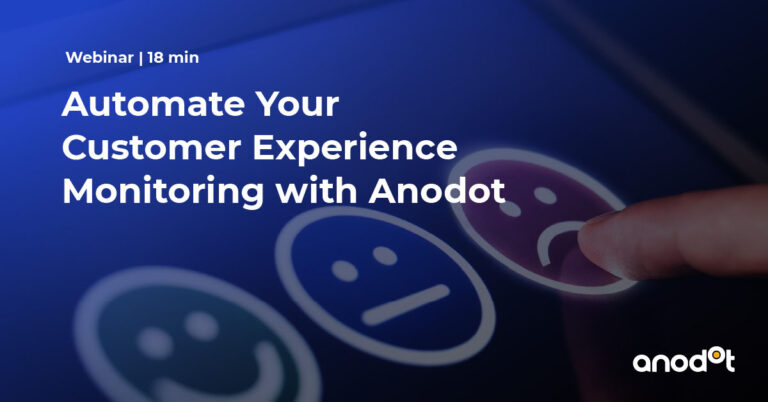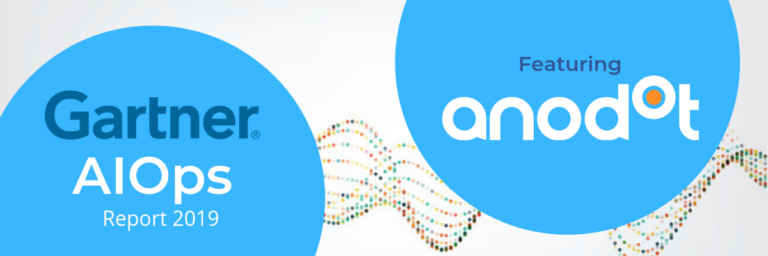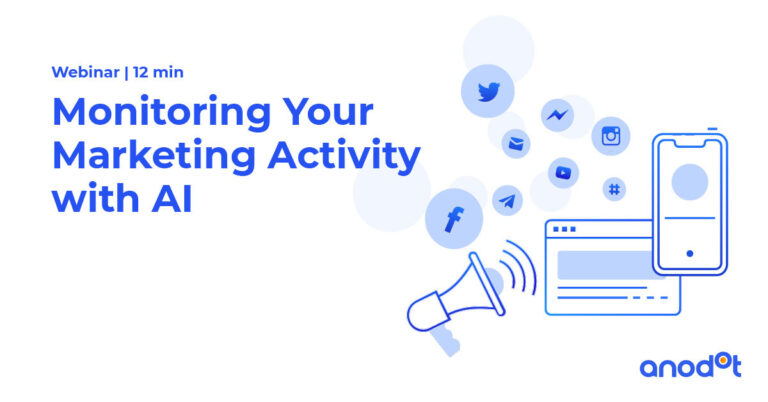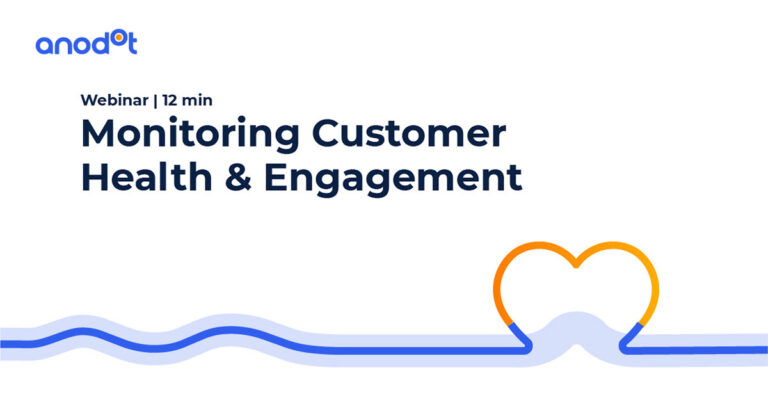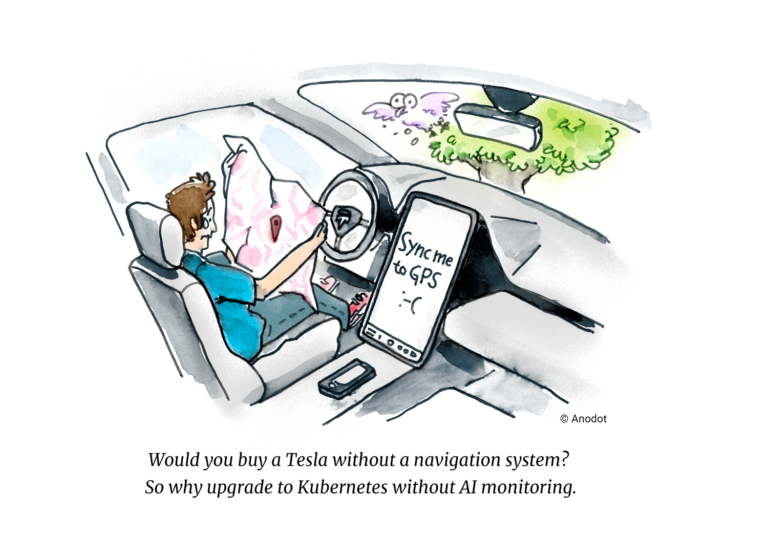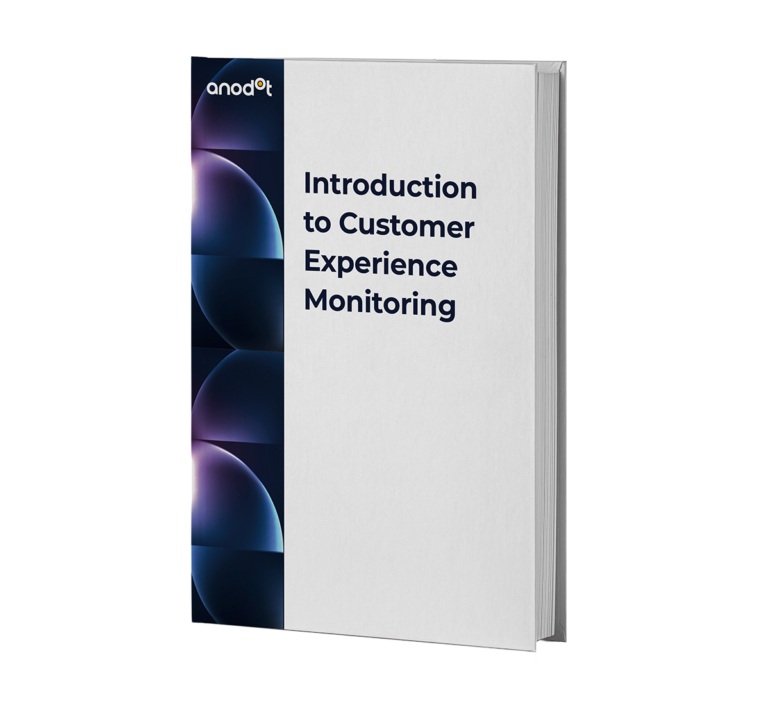Videos & Podcasts
18 min read
Webinar: Learn How to Automate Your Customer Experience Monitoring with Anodot
What is customer experience monitoring? Why is it so difficult? Dive into this webinar with Customer Success Engineer, Steven Kirkpatrick, to better understand what it means to effectively monitor your user’s experience from start to finish.
Watch

